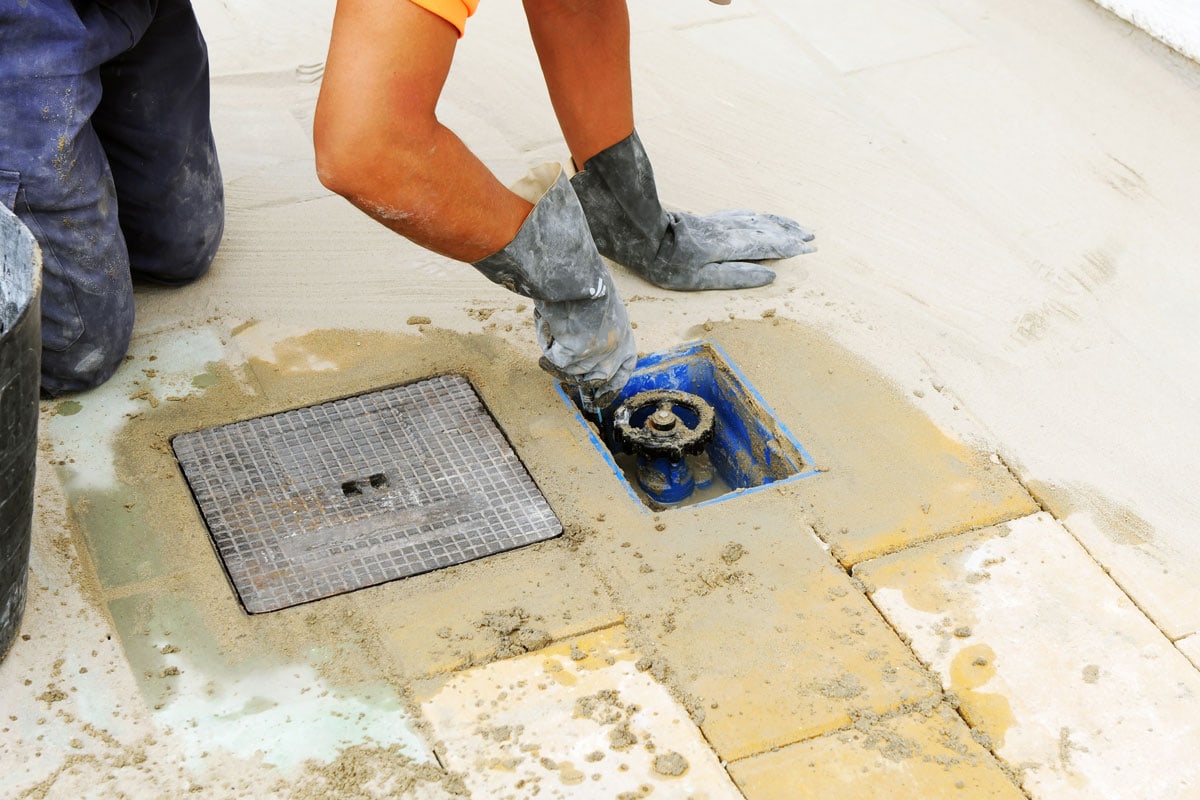Are you curious about the lifespan of plumber's putty? As a homeowner or DIY enthusiast, you may have wondered if it's a one-time-use product or if it can be stored for future projects.
Look no further! We have an answer for you! This versatile substance has been observed to remain pliable for up to 10-15 years when stored properly. But this lifespan varies depending on whether the plumber's putty is in an opened or unopened container.
Read on to learn more about plumber's putty. We will also offer some tips on prolonging the putty's lifespan.

How Long Does Plumber's Putty Last?
Plumber's putty can last for quite a long time if stored properly.

Unopened Containers
In unopened containers, plumber's putty can last for a surprisingly long time. If stored correctly, it stays pliable for up to 10-15 years.
Opened Containers
Once you've opened the container, the longevity of the putty relies on proper storage. Make sure to close the lid tightly after each use. Doing so increases the chances of the putty remaining usable for over a year.
Applied Plumber's Putty
When you've applied plumber's putty, there's no need to worry about drying time since it doesn't dry like silicone. You can use your fixtures immediately after application.
However, it is prudent to read the label on the putty before using it on porous surfaces to avoid staining some materials, such as granite.
Please read this post to discover: How Long Does Plumbers Putty Take To Dry?
Factors Affecting Plumber's Putty Lifespan
In this section, we will explore the factors that can impact the lifespan of plumber's putty, including storage conditions, quality and brand, and the application environment.
Storage Conditions
Proper storage conditions play a crucial role in maintaining the effectiveness of your plumber's putty.
Keep the putty in a cool, dry place, away from direct sunlight and extreme temperatures. Also, tightly seal the container to prevent it from drying out and becoming unusable.
Quality and Brand
The quality and brand of the plumber's putty also contribute to its lifespan.
Higher quality putties last longer, while cheaper alternatives might dry out quicker. Therefore, investing in a reliable brand with a good reputation is vital for the best results. Remember, you want the putty to remain soft and pliable for years to seal your plumbing fixtures effectively.
Application Environment
The environment where you apply the plumber's putty can also affect its longevity.
Putty exposed to extreme conditions such as drastic temperature changes, excessive moisture, or chemical exposure might become less effective over time. So, use the putty in the appropriate environment and maintain the plumbing system to prolong the putty's lifespan and ensure a watertight seal.
How to Prolong the Lifespan of Plumber's Putty

To maximize the lifespan of your plumber's putty, it's essential to focus on proper storage and ensuring correct application.
Follow these simple storage tips to ensure your putty lasts 10 to 15 years before needing replacement.
Proper Storage
Keep the putty in an airtight container and store it in a cool, dry place. And avoid exposing it to extreme heat or cold.
Ensuring Correct Application
To ensure your putty lasts as long as possible, it's crucial to apply it correctly. These guidelines will help make your plumber's putty more effective and last longer, thus reducing the chances of cracking and peeling over time.
- Start by cleaning and drying the surface where you'll use the putty. This ensures a good seal and prevents contamination.
- Take a golf ball-sized amount of putty and warm it up in your hands. Then, roll it into a snake-like shape, making it as long as needed for your specific application.
- Place the rope-shaped putty onto the area that requires a seal and apply gentle pressure to ensure a solid bond.
Alternatives to Plumber's Putty
This section will discuss alternatives to plumber's putty for your plumbing needs.
Silicone Sealant
One potent alternative to Plumber's putty is pure silicone sealant. It is waterproof, durable, and will not wear away. This makes it perfect for sealing faucets and drains, as it works well on plastic and metal pipes.
To use silicone sealant:
- Ensure the area is clean and dry.
- Apply a bead of silicone along the edge you want to seal.
- Smooth the sealant with your finger or a spatula for an even finish.
- Allow it to cure for 24 hours before using the fixture.
Teflon Tape
Another alternative to plumber's putty is Teflon tape, also known as plumber's tape or PTFE tape. It is a thin, white tape that creates airtight seals on threaded pipe joints.
Here's how to apply Teflon tape:
- Clean the threads of the pipe joint you will be sealing.
- Wrap the tape clockwise around the threads, starting at the end and working up, overlapping about half its width with each turn. For plastic threaded joints, use three to four wraps. For metal threaded joints, use three to six wraps.
- Tighten the joint by hand or with a wrench if necessary.
Final Thoughts

Plumber's putty can last for a surprisingly long time. In fact, it can remain pliable for 10 to 15 years if stored correctly. Remember to keep your plumber's putty sealed in a tub or airtight container to maintain longevity.
When using plumber's putty, it's crucial not to use it on plastic parts as it can wear away the plastic over time, leading to leaks.
Be proactive in replacing your applied plumber's putty before it dries out and becomes ineffective. After all, fully dried plumber's putty can crack and peel away from the surface.
So, when working on your plumbing projects, remember these guidelines to use your plumber's putty best. And always keep an eye on its condition and storage to ensure a long-lasting and reliable seal!
Before you go, check out this post: Rectorseal Vs Teflon Tape: Which Thread Sealant To Use?


